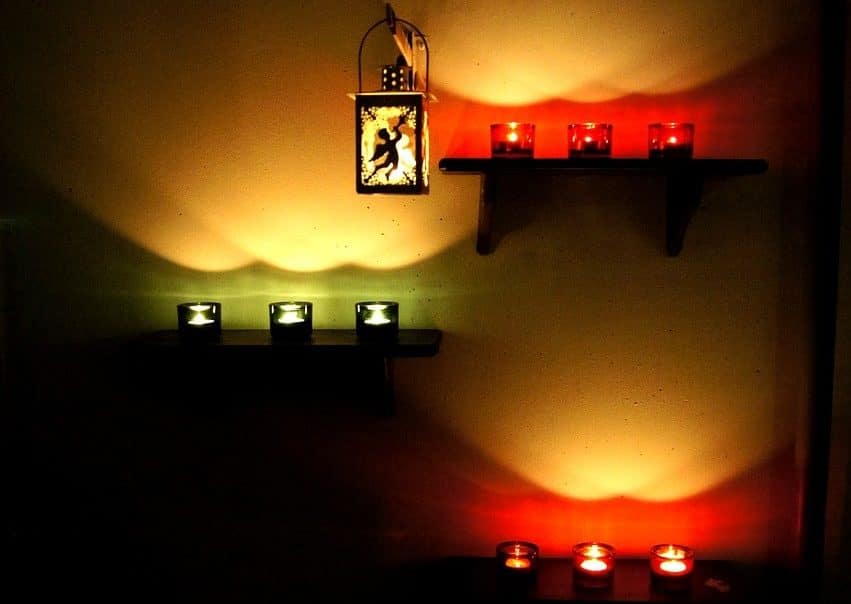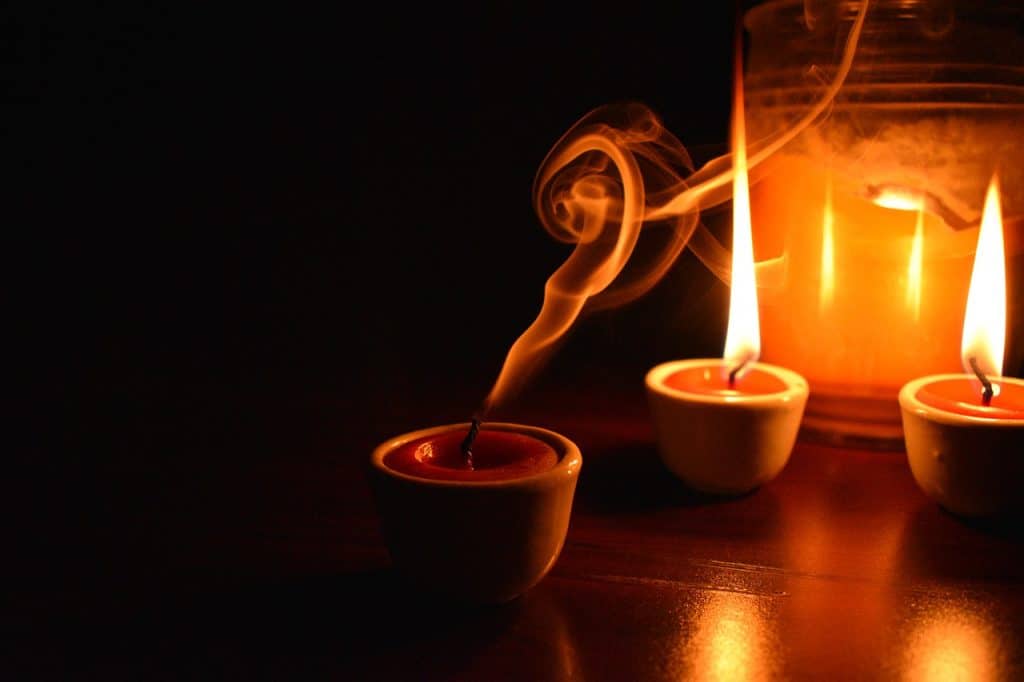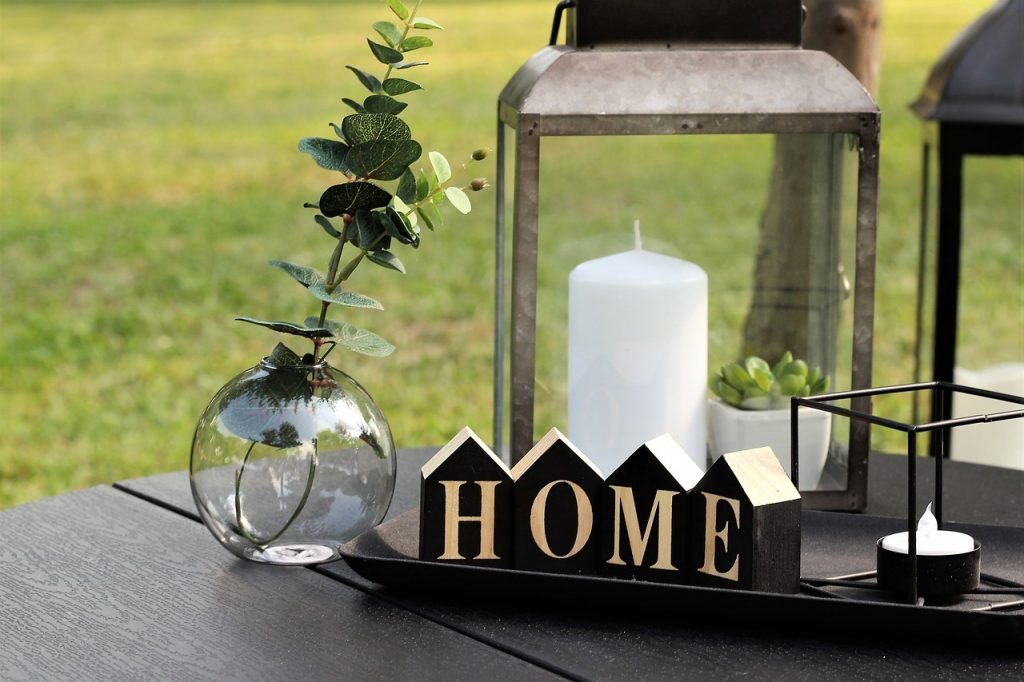It’s quite easy for us to take light for granted. This becomes more evident when we are plunged into darkness following a power outage.
We have become heavily dependent on light to provide illumination in the dark, lift our spirits and give a sense of security at night. It also gives us the ability to be more productive so we can work longer and meet goals a lot faster.
For many millennia, we’ve become more reliant on artificial sources of light, so much so that they are almost as essential as natural sources of light such as the sun.
Artificial sources of light such as the candle and electric light sources have evolved throughout the years but their purposes and functions remain consistent.
A candle is categorized as an incandescent source because it produces light when heated to a high temperature. The electric bulb, on the other hand, is classified as a luminescent source because it produces light when charged with electrical energy.
Candle lovers have so many options to choose from, such as pillar, taper, votive and tea lights. Some also come in a variety of scents and designs.
Electric light sources can be in the form of an incandescent light bulb, fluorescent light bulb and lamp, halogen bulbs and LED lights.
The invention of the candle dates as far back as 200 BC but somehow it has not been totally replaced by electric light which came into being a mere 142 years ago.
A candle can be a DIY project for anyone and doesn’t require technicians or other highly trained professionals for installation.
Does that automatically mean that it is more affordable than electric light? Electric light is certainly an advancement in technology, but does that guarantee that it’s more expensive than candles?
Which will allow us to save more money? Let’s see how we can answer this burning question.
Average Cost of Candles in America
For most Americans, candles are a necessity for their home décor, and for aromatherapy-like relaxation and stress reduction.
It is estimated that Americans spend $3.14 billion on candles every year to satisfy these needs. The candle industry in the country experiences a 35% boost in sales during the Christmas season.
It’s further boosted when Americans buy candles as gifts for other holidays, housewarming gifts, dinner party gifts, thank you and as adult birthday gifts.
The retail price of a candle in the United States ranges from $1.99 for votive candles to $35 for a large pillar or jar candle. Luxurious and high-end scented candles with elaborate packaging can be $200 or more.
Most people will burn candles for four hours per sitting. If they were to use candles strictly for illumination for a month then they would spend as low as $20 on a 22 oz jar candle.
Average Cost of Candles in Europe
Europeans are big on enjoying the simple moments in life, especially the Danes who proudly embrace Hygge – a quality of coziness and comfort that promotes a feeling of contentment or well-being.
It is therefore no surprise that Denmark burns more candles per capita than any other country in the world. Candles and Hygge go hand in hand because candlelight isn’t as bright as electric light, and it engenders a calm and therapeutic ambiance.
As a matter of fact, the entire continent is catching up to this practise. They are also big spenders where the candle industry is concerned.
It imported €1.6 billion worth of candles per year. This accounts for two thirds of the total spent in the world. They go all out for Christmas and other festivals that require candles.
Fancy candles need to have imaginative shapes and decorations and well-designed containers to meet European standards. The candles should not resemble food too closely in terms of appearance, scent or colour.
You could pay as low as €0.20 for a basic taper candle while a fancy scented candle could cost as much as €30 or more. A €17 candle lasts for a month if used in lieu of electric light.
Average Cost of Candles in Canada
Canada also has a love affair with candles. The northern section of the country experiences very long and brutal winters, and short cool summers.
The rest of the land can be pretty cold too but a little more bearable. It is no wonder why candles would appeal to Canadians. Candles bring positive energy to homes, whether on snowy, rainy or cloudy days and even when there’s little access to natural light.
On average, Canada imports over $500 million worth of candles. You may be able to purchase a 22 oz candle for $21 and use it instead of electricity for a while. It may last for a month if you burn it for four hours at a time.
Average Cost of Electric Light in America
The average cost of using electricity for lighting in the United States is close to $3 trillion. As for the individual household, the average usage is 1,105 kWh which costs the typical American over $100 per month.
Average Cost of Electric Light in Europe
Europeans use about 2200 kwh on average per year. A further breakdown will reveal that the average household in Bulgaria pays €306 per year while the average family in Norway pays as much as €2467.
The countries in Europe have varying prices because each country is guided by their own laws which determines how they pay taxes. The cost is also dependent on whether they use renewable or non-renewable sources of energy.
Average Cost of Electric Light in Canada
Canada’s access to renewable natural resources allows for some of the lowest residential electricity prices in the world. But, as a first world country, Canada’s success is tied to its productivity and efficiency. Therefore, the average household pays close to $100 a year to use one electric bulb.
We can conclusively say that candles are by far the cheaper alternative. But not so fast. While it is cheaper to use candles, there are other factors to consider that take precedence over the cost. You may reconsider your idea of switching full time to candles.
Which is safer?
Although candles are perfect for creating a calming and inviting ambiance, we have to be mindful of the potential dangers that they can pose.
Off the bat a candle can be a fire hazard if left unattended or if placed close to flammable items. Children and pets can accidentally bump the candle onto a flammable object or surface.
The holder or container is a potential hazard as well. Well established candle producers are more aware of this than your DIY candle makers. Glass containers can crack and break as a result of the heat. This can cut exposed skin.
Additionally, candles made from paraffin wax releases toxic chemicals into your home while being burnt.
On the other hand, you should be in good hands if you hired a qualified electrician to do your installation. Once properly wired, a light bulb that is turned on for hours will rack up your current charges but at least your home will still be intact.
Plus, light bulbs are usually out of reach for children and pets, further decreasing the likelihood of a fire.
Which is more efficient?
Candles certainly add a glow that’s right for meditative moments, however they aren’t very efficient. You’d need to light dozens of candles to match the lighting of a 40-watt bulb.
If that’s the look you’re going for, then by all means, enjoy it. If you are aiming for efficiency however, then an electric light source is your best bet, especially light-emitting diode or LED lights.
LED lights run cool, 80-90% of their energy becomes light, and they only project light in one direction so less light is wasted.
Which is more productive?
It’s undeniable that lighting can have a big impact on our mood and mindset. Candlelight is warmer and yellow toned; therefore, it promotes a cosy and relaxing atmosphere.
You probably like to light a candle after a long day at work or when you want to wind down before bed. That’s because candles put us in relaxation mode, especially at night.
On the flip side, whiter, crisper lights, such as the ones emitted from the electric bulb, tend to be more energizing, and ideal for spots that are designated for work.
Bright light makes us feel more alert, charges the room and puts us into work mode.
Final comments:
The world has come a far way in perfecting artificial sources of light. Before artificial light, our productivity was limited by the number of daylight hours.
We’ve made significant strides in upgrading both the candle and electric lighting. The candle continues to be a staple as it can be very affordable.
It promotes relaxation and well-being and has the ability to transform your space into an experience if it’s delightfully scented. We also adore sources of electric lighting because they are convenient, efficient and safe.
Candles and electric light sources have served us well throughout the years. Thankfully, both sources of artificial light are timeless staples which can co-exist in our homes to bring warmth and illumination.




